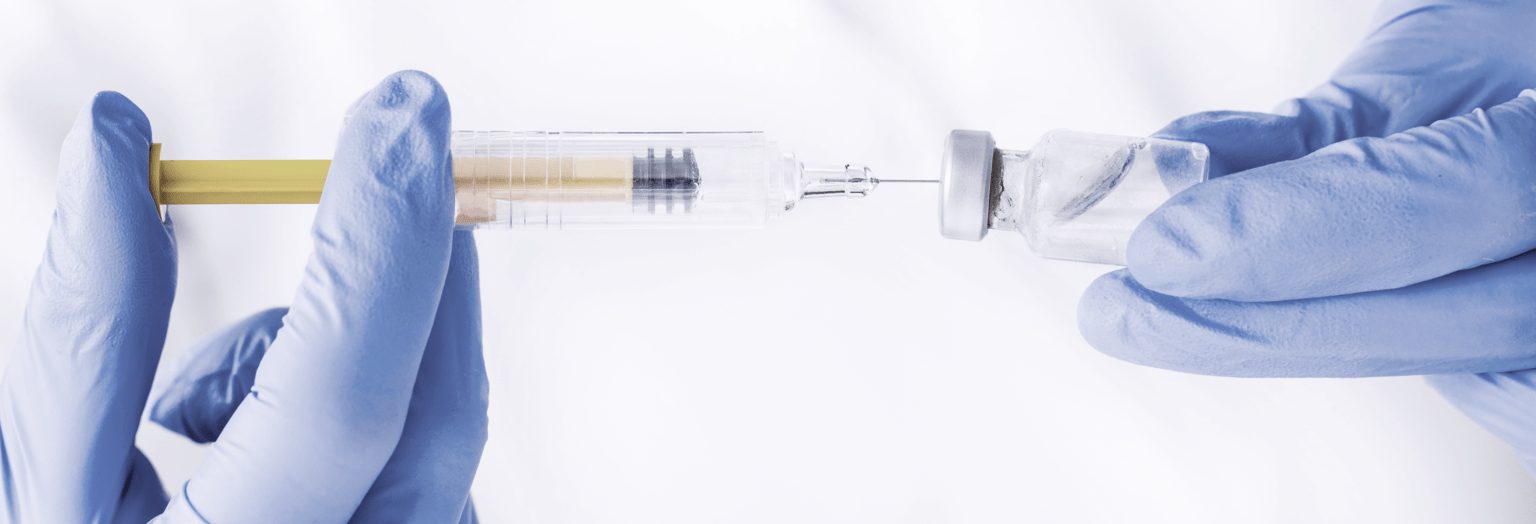Contact Us
- Solutions
- Resources
- About
- Contact Us
close
Optional callout banner for highlighted news or events
Learn More
Sterile Fill-Finish is considered among the most critical steps in the parenteral production process, ensuring patient safety, maintaining pharmacological efficacy, and product quality. Drug product development and subsequent production relies on a number of integrated process elements operating in a systematic and coordinated environment. Without a doubt, analytical support is one of the key process elements. Its importance and uniqueness are derived from the fact that it is required at all stages of the product’s life cycle, from the early development to commercialization stages.
Any successful Fill-Finish program starts with analytical services, more specifically with Analytical Research & Development (AR&D). AR&D groups are responsible for development and validation of the analytical methods which are accurate, precise, reliable and suitable for its intended purpose. Analytical methods are intended to establish the identity, purity, physical characteristics and potency of drugs including various in-process testing. Therefore, the methods are essentially designed with the purpose to assist formulation scientists gaining the detailed process knowledge. The later leads to process optimization and ability to transition from small scale to large commercial scale. Timely access to accurate analytical information is fundamental for formulation development work. Extensive interactions between analytical and formulation scientists are necessary to ensure analytical methods address specific needs of each development project. Another objective of the AR&D group is to develop methods robust and reproducible enough to be transferred to Quality Control laboratories. AR&D teams are counted upon to lead these transitional activities and guide QC teams in the process. Given the variety and complexity of today’s drug therapies and delivery systems, AR&D scientific teams must be able to perform method development for a range of sterile fill-finish projects, such as suspensions, solutions, and lyophilized products in vials, cartridges, and prefilled syringes.

The pharmaceutical industry is constantly evolving and the number of investigated compounds continues to increase. This leads to a higher demand for the development of new analytical methods. Every project is unique. AR&D scientists in contract development and manufacturing organizations (CDMO) must meticulously evaluate each project to determine if there is enough information for a successful tech transfer or if new methodologies need to be developed, all while adhering to the customer’s project timeline.
Not all projects are straightforward and having scientists who are problem solvers and equipped with the right resources is key. For instance, we had a case when the expedited method development was required based on FDA deficiency response and it involved separation of the active ingredient and four known closely related impurities. The development work was completed in two weeks and helped the customer meet the established deadline.
Another important trait for best-in-class AR&D teams is the ability to demonstrate that the analytical method is scientifically sound--fit for purpose and could be easily adapted. In another situation, we faced a methodology that lacked adequate robustness and precision and was overly complicated, putting successful analytical transfer at risk. An assessment of the method led my team to develop entirely new chromatographic conditions with greatly improved separation, precision and simplicity to ensure understanding by the quality control (QC) team for ease of transfer.

For gifted scientists with a problem-solving mindset to overcome the challenges associate with sterile fill-finish projects, they must be equipped with leading-edge instrumentation in the analytical R&D lab. The specific instruments required for the testing of injectable formulations include:

I am fortunate to have worked in a CDMO analytical R&D group that takes pride in its ability to accommodate pharma’s aggressive timelines for sterile fill-finish projects. I’ve learned that the best AD&R teams have the right balance of experience and expertise with senior scientists naturally taking responsibility for the development of junior scientists. Organizational and functional transparency and selfless cooperation with other departments like formulation development, QC, and manufacturing science and technology is another feature of great AR&D teams. When done well, the work of AR&D enables success across the drug development continuum and can be the difference in successfully bringing life-saving therapies to patients.
Like what you read? Share with your network: